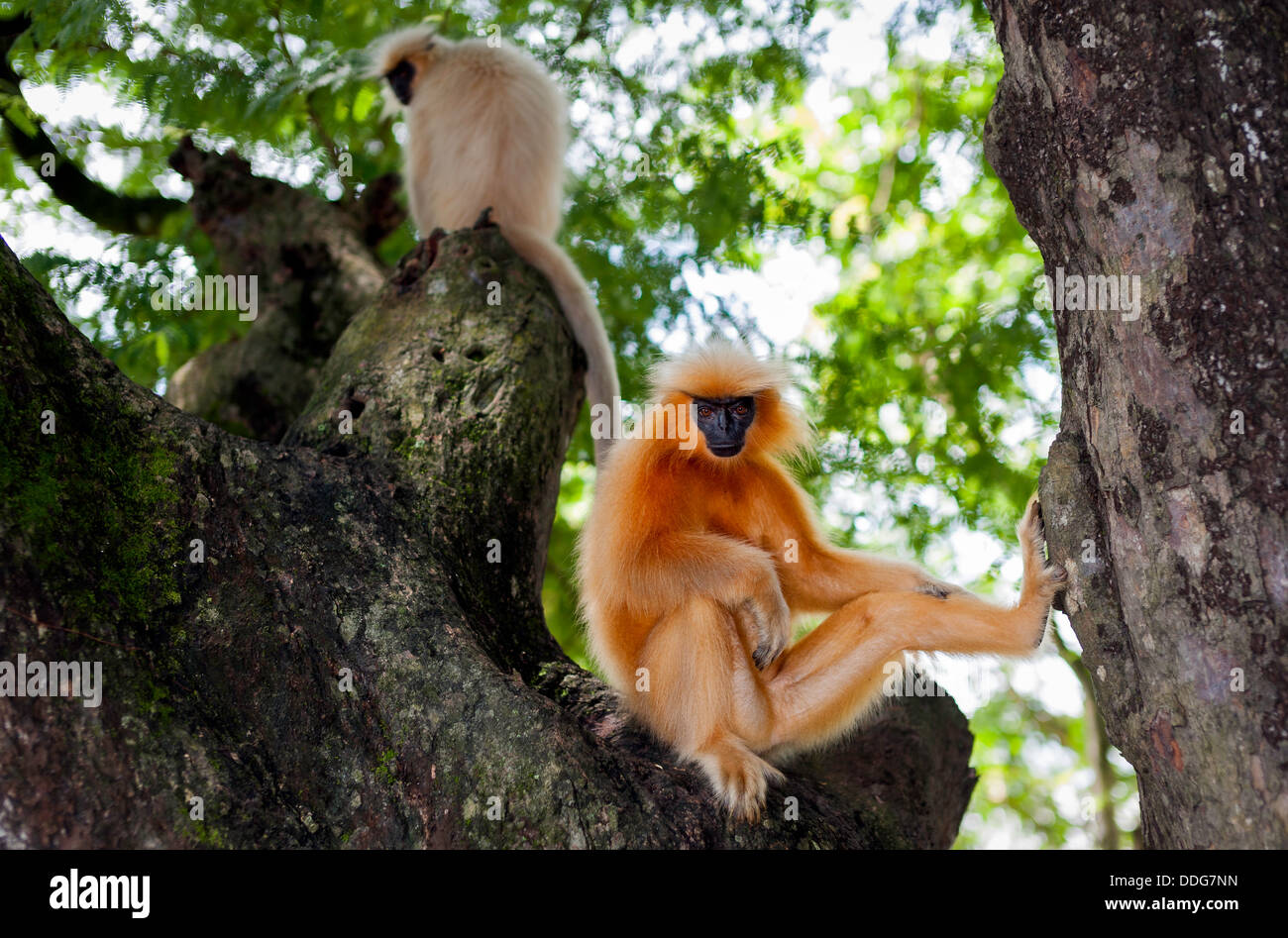

The track was wet and slippery and much depressed in places by three-toed rhino and large circular elephant footprints.Īfter about ten yards, I did the best possible thing I could have done. However, I also started to try and escape. But I knew that a rhino can soon catch up with the fastest of humans. He writes “We had not gone more than a hundred yards when there was a noise nearby, and with a panicky “Rhino coming!” both my men, who were aged about twenty, disappeared down the track, seemingly breaking all Olympic records. At their age, I could have run even faster. He describes one of his own near brush with death in the chapter “The Rhino of Kaziranga” when he was returning on foot from photographing in a machan. I then retreated quickly to safety,” he thus concluded, and the conversation turned to wild life preservation.”įrom this example one can understand that this book is written in a first person account detailing many of his conversations, travels, experiences and hence will capture the imagination of not only the wild life enthusiast but also layman, young and old alike. A pause.“Then what happened?” I asked.“I still did not fire. Had I pulled the trigger the bear’s jaws would have clamped hard shut and finished me off”. He seemed to be reflecting on the recklessness of youth, and of things that had happened long ago.“Did you have your rifle with you?” I asked.“Yes, my rifle was pointing at the bear’s chest. “I once followed up a wounded bear, crawling on my knees into its cave. As soon as we began talking I asked him about the misadventure which had left this mark. “Formerly well known as a big game hunter, he was then over eighty, a small, frail but erect and commanding person, who had spent most of his retirement in India, championing the cause of India’s ever-dwindling wild life.During his adventurous career one leg had become shortened and one eye had the lower lid hanging down with a scar just below it. Gee mentions an interesting conversation with Colonel R. “The Wild Life of India” also contains some hair-raising encounters. Gee’s photographs contained in this book. Photographers of the digital age, addicted to indiscriminately pressing the shutter button of their cameras like profligate hunters of yore indiscriminately pressing their trigger buttons, can learn a thing or two by simply watching E. The author was a wild life photographer of repute with his black and white photographs as well as coloured photos showing not only his composition but also the sharpness of his images.

The book “The Wild life of India” has twenty chapters which not only talks about his experiences in various wild life sanctuaries in India but also details the state of flora and fauna during those times, the prevailing thought about wild life and its preservation. But this should be by more intensive cultivation and not by the destruction of the forests which play a vital part in the nation’s economy”. It is true that as population grows, the need for greater food production becomes necessary. As it is, we have destroyed them far too much. Our forests are essential for us from many points of view. We should therefore, encourage as many sanctuaries as possible for the preservation of what yet remains of our wild life. He also says “…life would become very dull and colourless if we did nto have these magnificent animals and birds to look at and to play with.

In spite of our culture and civilisation, in many ways man continues to be not only wild but more dangerous than any of the so-called wild animals”. I rather doubt if their description would be very complementary to man. I wonder sometimes what these animals and birds think of man and how they would describe him if they had the capacity to do so. Nehru starts the foreword by writing “Wild life ? That is how we refer to the magnificent animals of our jungles and to the beautiful birds that brighten our lives. Nevertheless, the foreword is extremely thought provoking and contains thoughts that is relevant even today. The foreword was signed on 20 th Feb 1964 and hardly three months later there was the sad demise of Shri Jawaharlal Nehru on 27 th May 1964. Gee’s book with Foreword written by the then sitting Prime Minister of India, Shri Jawaharlal Nehru speaks volumes about the book as well as the author’s importance in those times. Not many books can claim to have the foreword written by the first Prime Minister of India. This was first published in the USA by E. Gee for a long time and finally found a collectors version in US. I have been looking for a copy of this famous book “The Wild Life of India” by E.


 0 kommentar(er)
0 kommentar(er)
